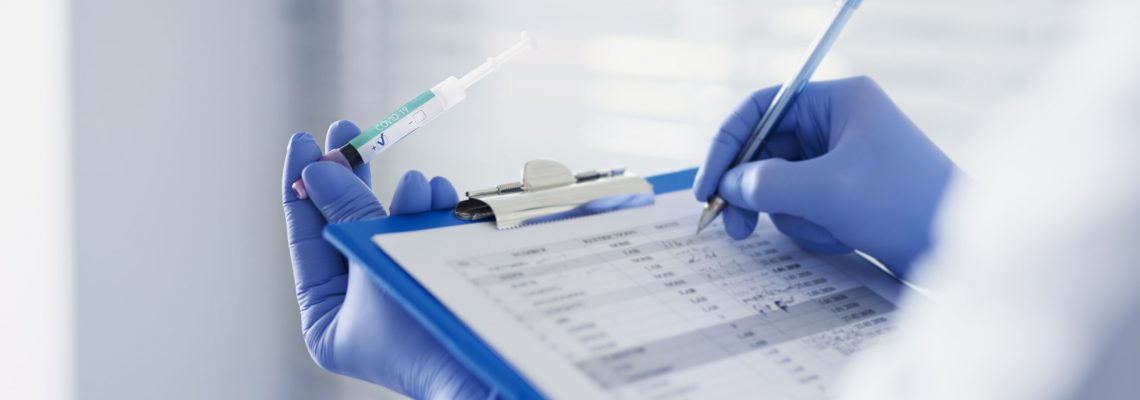
What is Haemochromatosis?
Haemochromatosis is a hereditary condition, in which excessive amounts of iron are absorbed from the diet. This iron is deposited in various organs, mainly in

A simple blood test to check your iron status can confirm or rule out iron overload. If both the serum ferritin (SF) and the transferrin saturation (TS) levels are raised, then a genetic test is carried out to confirm the diagnosis.
SF reflects body iron stores; an SF of >200ug/L in premenopausal women, and >300ug/L in men and postmenopausal women, suggests that the patient may be iron overloaded. This should prompt a test for fasting TS.
This is an iron transport protein, which carries iron when taken from the gut to the bone marrow and the liver. Transferrin saturation above 45% is suggestive of haemochromatosis.
If the above blood tests suggest that the liver is likely to contain excess iron or other blood tests imply any degree of liver inflammation, then a liver biopsy is performed. The test involves removing a small piece of liver tissue with a special biopsy needle. This is then examined under a microscope and the iron concentration is measured chemically. The result enables doctors to assess the amount of iron overload and to see if any damage has occurred to the liver. It can exclude any other causes of abnormal test results. This test is usually only performed if the Serum Ferritin is >1000ug/ L
A simple genetic test result that can identify the mutation in the gene responsible for causing the absorption of too much iron. This involves a blood test or a simple finger prick test where a small drop of blood is applied to a card. The great benefit of this test is that it allows for whole families to be screened, and therefore early detection of the disease before symptoms and tissue damage occur,
Genetic testing should be performed for C282Y and H63D mutations in the HFE gene. Everyone has two HFE genes, one inherited from each parent. It is a fault that occurs in the gene which causes the mutation. Haemochromatosis is inherited in an autosomal manner and to have haemochromatosis you must inherit a faulty gene from each of your parents. If you have only one faulty gene, you are said to be a carrier.

Haemochromatosis is a hereditary condition, in which excessive amounts of iron are absorbed from the diet. This iron is deposited in various organs, mainly in

Haemochromatosis International Haemochromatosis International is a global alliance of haemochromatosis associations, established to advance the health of people with haemochromatosis across Europe, North America,

Begin treatment as soon as possible; the earlier your treatment (the most effective treatment is by venesection) begins the better your chances of staying healthy.

Iron builds up slowly so symptoms may not appear until age 30 or 40. These symptoms include: The early biochemical signs of haemochromatosis tend to

Diagnosis A simple blood test to check your iron status can confirm or rule out iron overload. If both the serum ferritin (SF) and the

Consider testing for haemochromatosis (HH) in: Relatives who are at risk should be tested. This is absolutely essential in the case of brothers and sisters
If you or someone you know has Haemochromatosis, we are always ready to help. Use our helpline, send us an email or join us using the links below.
